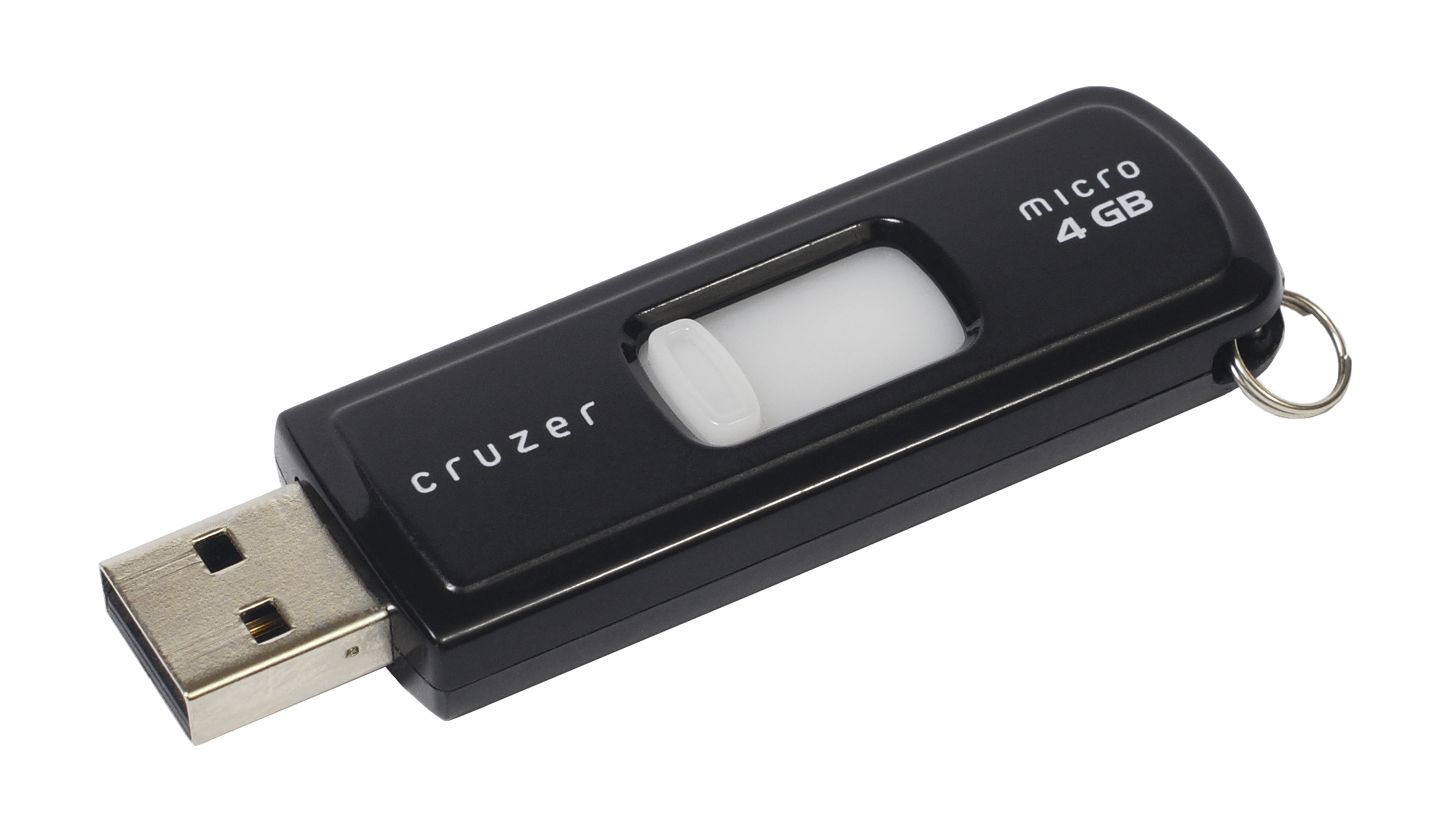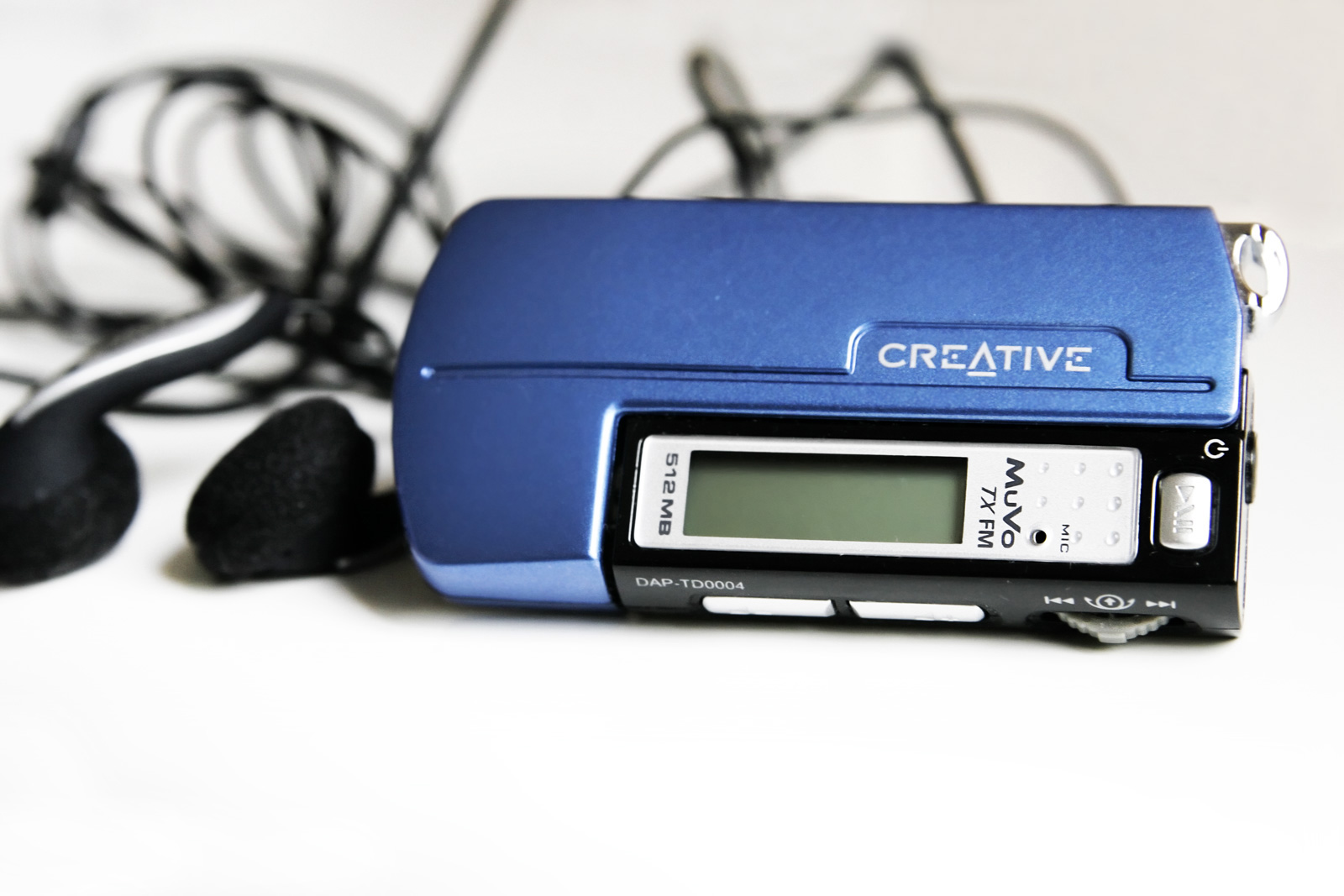|
Yahoo! Music Jukebox
Yahoo! Music Jukebox, formerly known as Yahoo! Music Engine, was a freeware music player released by Yahoo! in 2005 to compete with iTunes and Rhapsody in the digital music market. Developed side-by-side with MusicMatch Jukebox, another music player acquired by Yahoo! in 2004, it was designed to be the main client for Yahoo's array of music services, which were centered around Yahoo! Music Unlimited, a paid music streaming service and digital music store; in addition to being a music management software. In early 2008 Yahoo! sold off its music assets, including Yahoo! Music Jukebox to RealNetworks' Rhapsody and replaced it with a web-based music player. History The idea of a dedicated music player was born from Yahoo! audio search engine, which was divided into two segments: audio files openly found on the Web; and licensed music from Yahoo! own music service that can be searched by several criteria (e.g., artist, title, album, etc.) and downloaded for a price, typically ... [...More Info...] [...Related Items...] OR: [Wikipedia] [Google] [Baidu] |
Yahoo!
Yahoo (, styled yahoo''!'' in its logo) is an American web portal that provides the search engine Yahoo Search and related services including My Yahoo, Yahoo Mail, Yahoo News, Yahoo Finance, Yahoo Sports, y!entertainment, yahoo!life, and its advertising platform, Yahoo Native. It is operated by the namesake company Yahoo! Inc. (2017–present), Yahoo! Inc., which is 90% owned by Apollo Global Management and 10% by Verizon. Yahoo was established by Jerry Yang and David Filo in January 1994 and was one of the pioneers of the early Internet era in the 1990s. However, its use declined in the 2010s as some of its services were discontinued, and it lost market share to Facebook and Google. Etymology The word "yahoo" is a backronym for "Yet another, Yet Another Hierarchically Organized Oracle" or "Yet Another Hierarchical Officious Oracle". The term "hierarchical" described how the Yahoo database was arranged in layers of subcategories. The term "oracle" was intended to mean "sourc ... [...More Info...] [...Related Items...] OR: [Wikipedia] [Google] [Baidu] |
Digital Music Store
A digital music store is a business that sells digital audio files of music recordings over the Internet. Customers gain ownership of a license to use the files, in contrast to a music streaming service, where they listen to recordings without gaining ownership. Customers pay either for each recording or on a subscription basis. Online music stores generally also offer partial streaming previews of songs, with some songs even available for full length listening. They typically show a picture of the album art or of the performer or band for each song. Some online music stores also sell recorded speech files, such as podcasts, and video files of movies. History Early years The first free, high-fidelity online music archive of downloadable songs on the Internet was the Internet Underground Music Archive (IUMA), which was started by Rob Lord, Jeff Patterson and Jon Luini from the University of California, Santa Cruz in 1993. Sony Music Entertainment Japan launched the first digita ... [...More Info...] [...Related Items...] OR: [Wikipedia] [Google] [Baidu] |
USB Flash Drive
A flash drive (also thumb drive, memory stick, and pen drive/pendrive) is a data storage device that includes flash memory with an integrated USB interface. A typical USB drive is removable, rewritable, and smaller than an optical disc, and usually weighs less than . Since first offered for sale in late 2000, the storage capacities of USB drives range from 8 megabytes to 256 gigabytes (GB), 512 GB and 1 terabyte (TB). As of 2024, 4 TB flash drives were the largest currently in production. Some allow up to 100,000 write/erase cycles, depending on the exact type of memory chip used, and are thought to physically last between 10 and 100 years under normal circumstances (Digital permanence, shelf storage time). Common uses of USB flash drives are for storage, supplementary data backup, back-ups, and transferring of computer files. Compared with floppy disks or Compact disc, CDs, they are smaller, faster, have significantly more capacity, and are more durable due to ... [...More Info...] [...Related Items...] OR: [Wikipedia] [Google] [Baidu] |
Digital Audio Player
A portable media player (PMP) or digital audio player (DAP) is a portable consumer electronics device capable of storing and playing digital media such as audio, images, and video files. Normally they refer to small, battery-powered devices utilising flash memory or a hard disk for storing various media files. MP3 players has been a popular alternative name used for such devices, even if they also support other file formats and media types other than MP3 (for example AAC, FLAC, WMA). Generally speaking, PMPs are equipped with a 3.5 mm headphone jack which can be used for headphones or to connect to a boombox, home audio system, or connect to car audio and home stereos wired or via a wireless connection such as Bluetooth, and some may include radio tuners, voice recording and other features. In contrast, analogue portable audio players play music from non-digital media that use analogue media, such as cassette tapes or vinyl records. As devices became more adv ... [...More Info...] [...Related Items...] OR: [Wikipedia] [Google] [Baidu] |
Internet Radio
Internet radio, also known as online radio, web radio, net radio, streaming radio, e-radio and IP radio, is a digital audio service transmitted via the Internet. Broadcasting on the Internet is usually referred to as webcasting since it is not transmitted broadly through wireless means. It can either be used as a stand-alone device running through the Internet, or as a software running through a single computer. Internet radio is generally used to communicate and easily spread messages through the form of talk. It is distributed through a wireless communication network connected to a switch packet network (the internet) via a disclosed source. Internet radio involves streaming media, presenting listeners with a continuous stream of audio that typically cannot be paused or replayed, much like traditional broadcast media; in this respect, it is distinct from on-demand file serving. Internet radio is also distinct from podcasting, which involves downloading rather than streaming. ... [...More Info...] [...Related Items...] OR: [Wikipedia] [Google] [Baidu] |
LAUNCHcast
Yahoo! Music Radio (formerly known as LAUNCHcast) was an Internet radio service. The service, which featured both an advertising supported free version and a subscription fee-based premium version, allowed users to create personalized Internet radio stations by rating songs selected by a recommender system. Users were also able to listen to music from 150 preset Internet radio stations. History The service was developed by Todd Beaupré and Jeff Boulter of LAUNCH Media and debuted on November 11, 1999. In June 2001, after the bursting of the dot-com bubble, the company faced financial difficulty and was acquired by Yahoo! for $12 million, after which it was integrated into Yahoo! Music. At that time, the service had 7.4 million users. In December 2008, the service was integrated into CBS Radio due to a Internet radio#US royalty controversy, rise in royalty rates, with CBS taking full control of the service, including advertising and sales and adding compatibility with Fire ... [...More Info...] [...Related Items...] OR: [Wikipedia] [Google] [Baidu] |
CD/DVD Authoring
Optical disc authoring, including CD, DVD, and Blu-ray Disc authoring, is the process of assembling source material—video, audio or other data—into the proper logical volume format to then be recorded ("burned") onto an optical disc (typically a compact disc or DVD). Process To burn an optical disc, one usually first creates an optical disc image with a full file system, of a type designed for the optical disc, in temporary storage such as a file in another file system on a disk drive. One may test the image on target devices using rewriteable media such as CD-RW, DVD±RW and BD-RE. Then, one copies the image to the disc (usually write-once media for hard distribution). Most optical disc authoring utilities create a disc image and copy it to the disc in one bundled operation, so that end-users often do not know the distinction between creating and burning. However, it is useful to know because creating the disc image is a time-consuming process, while copying t ... [...More Info...] [...Related Items...] OR: [Wikipedia] [Google] [Baidu] |
Ripping
Ripping is the extraction of digital content from a container, such as a CD, onto a new digital location. Originally, the term meant to rip music from Commodore 64 games. Later, the term was applied to ripping WAV or MP3 files from digital audio CDs, and after that to the extraction of contents from any storage media, including DVD and Blu-ray discs, as well as the extraction of video game sprites. Despite the name, neither the media nor the data is damaged after extraction. Ripping is often used to shift formats, and to edit, duplicate or back up media content. A rip is the extracted content, in its destination format, along with accompanying files, such as a cue sheet or log file from the ripping software. To rip the contents out of a container is different from simply copying the whole container or a file. When creating a copy, nothing looks into the transferred file, nor checks if there is any encryption or not, and raw copy is also not aware of any file format. One ca ... [...More Info...] [...Related Items...] OR: [Wikipedia] [Google] [Baidu] |
Compact Disc Digital Audio
Compact Disc Digital Audio (CDDA or CD-DA), also known as Digital Audio Compact Disc or simply as Audio CD, is the standard format for audio compact discs. The standard is defined in the '' Red Book'' technical specifications, which is why the format is also dubbed ''"Redbook audio"'' in some contexts. CDDA utilizes pulse-code modulation (PCM) and uses a 44,100 Hz sampling frequency and 16-bit resolution, and was originally specified to store up to 74 minutes of stereo audio per disc. The first commercially available audio CD player, the Sony CDP-101, was released in October 1982 in Japan. The format gained worldwide acceptance in 1983–84, selling more than a million CD players in its first two years, to play 22.5 million discs, before overtaking records and cassette tapes to become the dominant standard for commercial music. Peaking around year 2000, the audio CD contracted over the next decade due to rising popularity and revenue from digital downloading, and duri ... [...More Info...] [...Related Items...] OR: [Wikipedia] [Google] [Baidu] |
Nullsoft
Nullsoft, Inc. was an American software house founded in Sedona, Arizona in 1997 by programmer Justin Frankel. Its products included the Winamp media player and the SHOUTcast MP3 streaming media server. History In 1997, Justin Frankel, a programmer from Sedona, Arizona, founded Nullsoft, Inc in his home town. The company's name is a parody of Microsoft. ''Mike the Llama'' is the company's mascot. The company launched the media player Winamp in 1997, developed by Frankel and Dmitry Boldyrev. It was the second real-time MP3 player for Windows, following WinPlay3. Nullsoft, along with Spinner.com, were sold to America Online (AOL) on June 1, 1999, for around $400 million and thereafter existed as a subsidiary, subsequently becoming a division of AOL Music. The headquarters were moved to San Francisco, California. According to Bonnie Burton, then editor of the website Winamp.com, 2001 was a period of heightened tension between the Nullsoft staff and upper management, be ... [...More Info...] [...Related Items...] OR: [Wikipedia] [Google] [Baidu] |
Apple Inc
Apple Inc. is an American multinational corporation and technology company headquartered in Cupertino, California, in Silicon Valley. It is best known for its consumer electronics, software, and services. Founded in 1976 as Apple Computer Company by Steve Jobs, Steve Wozniak and Ronald Wayne, the company was incorporated by Jobs and Wozniak as Apple Computer, Inc. the following year. It was renamed Apple Inc. in 2007 as the company had expanded its focus from computers to consumer electronics. Apple is the largest technology company by revenue, with billion in the 2024 fiscal year. The company was founded to produce and market Wozniak's Apple I personal computer. Its second computer, the Apple II, became a best seller as one of the first mass-produced microcomputers. Apple introduced the Lisa in 1983 and the Macintosh in 1984, as some of the first computers to use a graphical user interface and a mouse. By 1985, internal company problems led to Jobs leavin ... [...More Info...] [...Related Items...] OR: [Wikipedia] [Google] [Baidu] |





